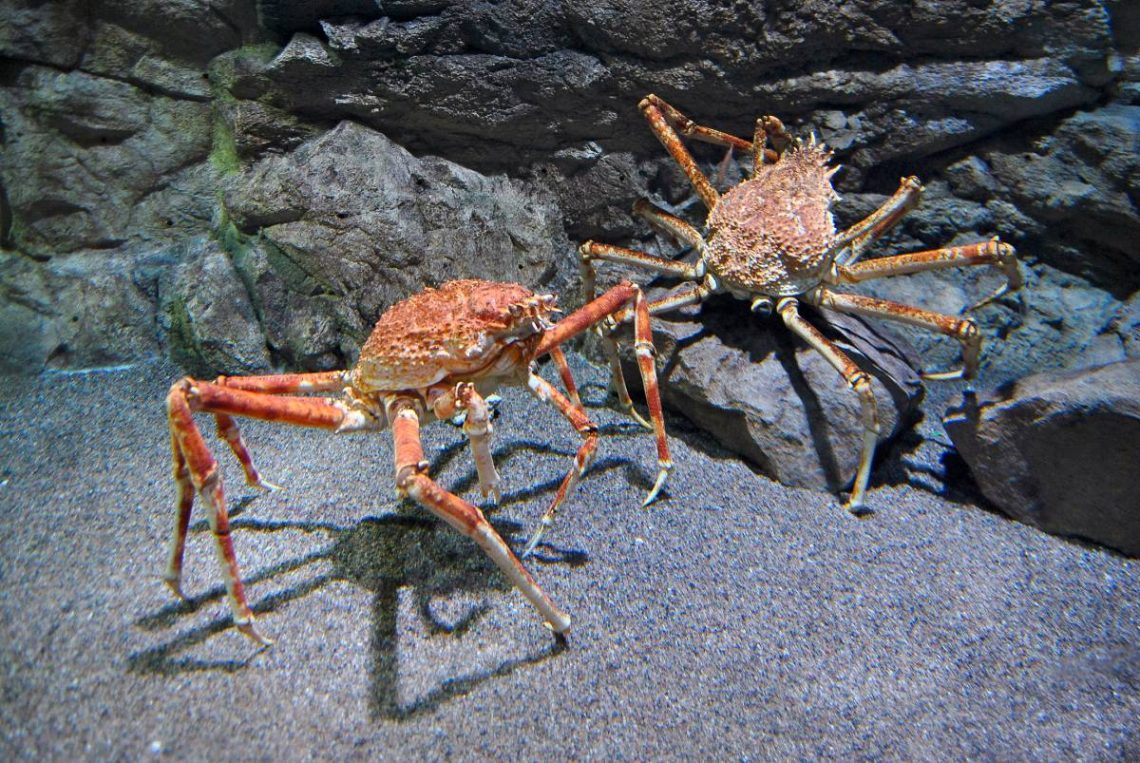Invasive species are a growing concern for ecosystems worldwide, disrupting local biodiversity and outcompeting native species. One such invader, the European spider crab, has made its way into waters beyond its native range — but despite their abundance, eating them remains surprisingly expensive.
Why is that? Let’s break it down.
What Makes the Spider Crab Invasive?
The European spider crab (Maja squinado) is native to the northeast Atlantic and Mediterranean Sea, but it has been found in increasing numbers in other regions, including parts of Australia and the U.S. Their populations grow rapidly, and they can quickly dominate local marine environments, competing with native species for food and habitat.
While invasive species often create ecological havoc, they also present an opportunity for human consumption — turning a problematic population into a potential delicacy. But why hasn’t this translated into affordable seafood?
The High Cost of Harvesting Spider Crabs
One of the main reasons spider crabs are pricey is the cost of catching them. Unlike more commercially viable species like king crabs or lobsters, spider crabs often live in rocky seabeds or deeper waters, making them harder to catch with standard crab pots or traps. Fishers need specialized gear, and the catch process is more labour-intensive, driving up costs.
Additionally, since spider crabs are invasive, they’re not part of a well-established fishing industry in many regions. Without a streamlined supply chain, harvesting and distributing them remains inefficient and costly.
Processing and Preparation Challenges
Spider crabs have long, spiny legs and tough, armoured shells that make them more difficult to process compared to other crabs. Cleaning, cooking, and extracting meat is labour-intensive, and the yield is relatively low. For example, much of the body contains little meat, and the prized leg meat is harder to extract due to the crab’s spiny anatomy.
Restaurants and seafood suppliers often have to charge more to cover these extra labour costs, which adds to the final price consumers pay.
Market Demand and Limited Awareness
Despite their abundance in some areas, spider crabs are not as well-known or popular as blue crabs or Dungeness crabs. This lack of consumer awareness means there’s less incentive for fishers to target them, and without a reliable market, prices remain high.
Moreover, because invasive species carry a negative ecological connotation, diners might shy away from ordering spider crab, perceiving it as a lower-quality option despite its delicious, sweet, and delicate flavour.
Regulatory and Licensing Barriers
Invasive species management often involves strict regulations, which can complicate harvesting efforts. Fishermen might need special permits or have to follow strict rules on catch limits to avoid unintended ecological consequences. These added administrative hurdles increase the cost of bringing spider crabs to market.
Transport and Storage Logistics
Since spider crabs aren’t caught in mass quantities like other seafood species, transporting them can be more expensive. Without a large-scale supply chain, shipping smaller quantities over long distances becomes costly, and crabs need to be kept alive or fresh to preserve quality, adding refrigeration and handling expenses.
Turning Invasive Species into a Culinary Opportunity
Despite these challenges, some chefs and seafood advocates are working to turn invasive species into sought-after delicacies. By promoting the unique flavour of spider crab and emphasizing its role in sustainable seafood practices, there’s potential to create more demand — and with demand, more efficient harvesting and processing systems could follow.
In some regions, culinary events and awareness campaigns are already starting to change public perception. For instance, in parts of Australia, spider crabs have gained attention during their annual moulting season, and local chefs have begun showcasing the species in gourmet dishes, slowly building a market.
The Bottom Line
Although spider crabs are invasive and abundant, their high price tag comes down to a combination of harvesting difficulties, processing challenges, logistical costs, and limited market demand. However, with continued efforts to promote invasive species as sustainable, tasty options, we might see prices drop — making spider crab a more accessible delicacy for seafood lovers.
Turning an ecological problem into an economic opportunity could be a win-win: supporting local fisheries, reducing invasive populations, and giving diners a unique new culinary experience. And who knows? Maybe one day, spider crab will be as common (and affordable) as your favourite seafood dish.
Would you like me to expand on a section or add more practical tips for sourcing invasive seafood? Let me know, and we can refine this together!


